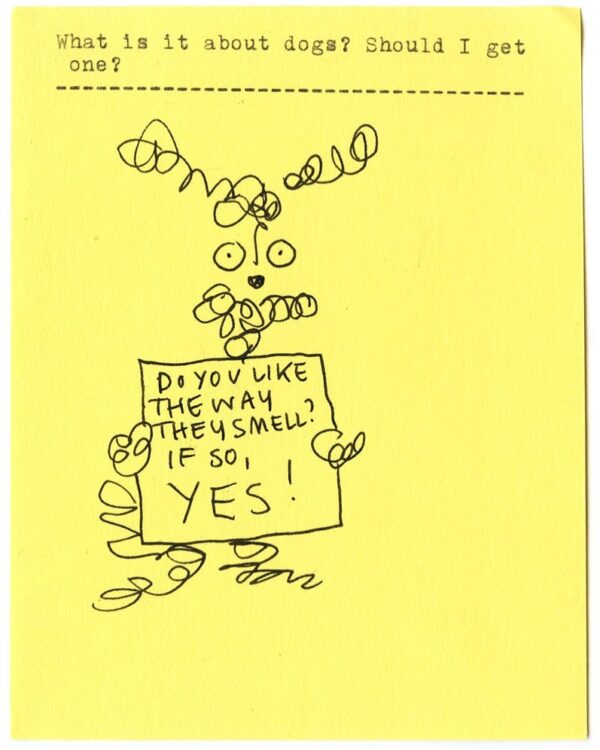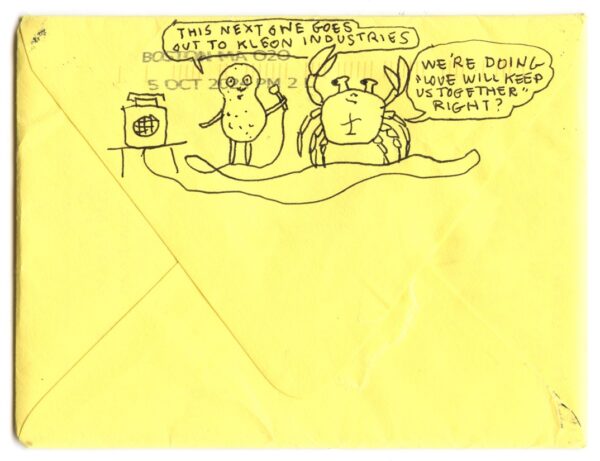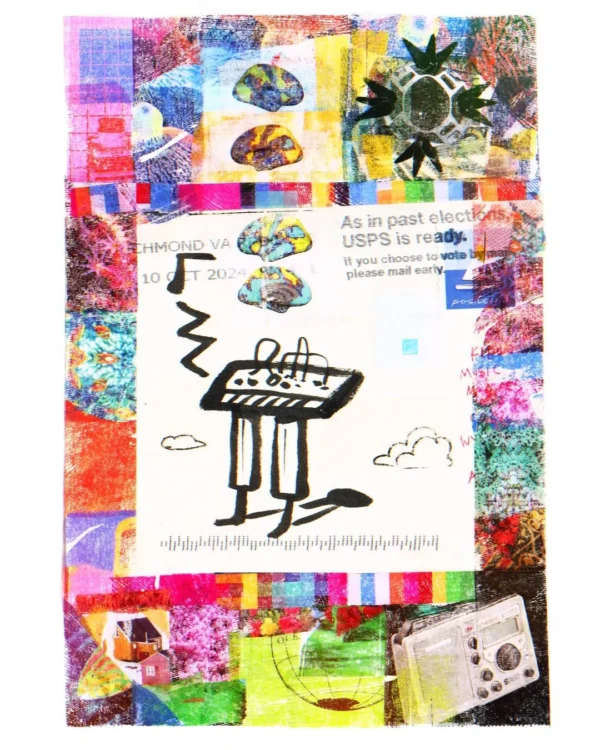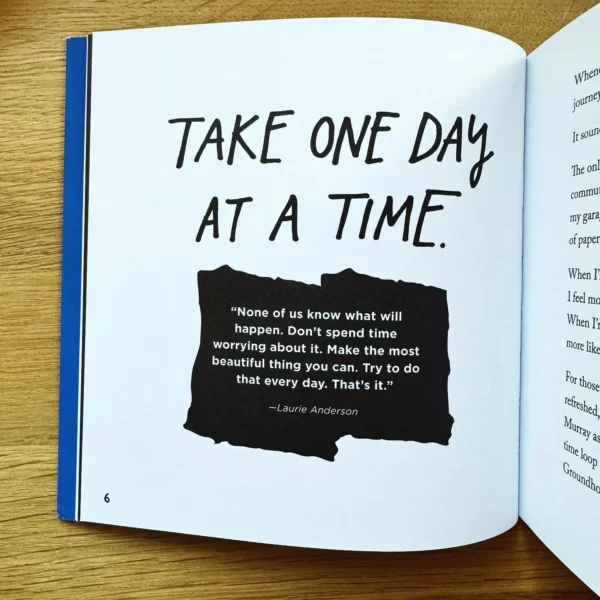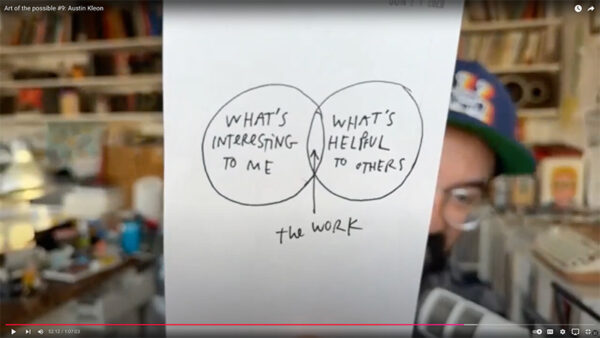The subject line of last Friday’s newsletter “Don’t let your dreams give up on you” was something I heard a fourth grader say a few weeks ago. I immediately knew I needed to make it into one of my lifted type collages and it’s become a mantra of mine ever since.
You can read the newsletter here.

